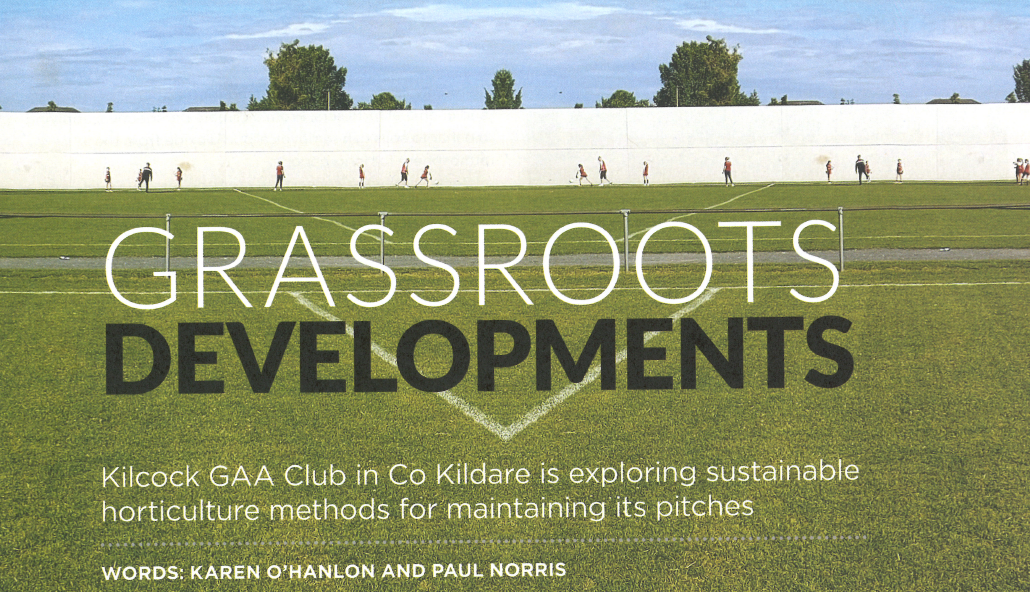
On April 17th, we were at the Farming Renewable Energy industry summit held in Portlaoise on behalf of Arigna Group which is one of the largest producers of biochar for biofuel and also as an additive for increasing the yield of biomethane plants.
A large portion of the conference was focused on the production of biomethane via Anaerobic Digestion as the final version of the National Biomethane Strategy is due soon.
In the session on the state of the intersection between the energy and agricultural sectors with Aoife Foley of The University of Manchester, Barry Caslin of Teagasc, Noel Cunniffe of Wind Energy Ireland and Paddy Phelan of South East Energy Agency, the key takeaways were that solar farms have moved to industrial scale and that 200 acres is the min size for a solar farm to achieve economies of scale and proximity to a substation is key. It was noted that grass is the best feedstock for biomethane plants and there was a good discussion about the implications of using large quantities of silage for biomethane production.
In the second session with Maurice Deasy of Teagasc, Catherine Sheridan of Sheridan Advisory Services, Michael Hayden of Maynooth University and Mel Gavin of Atlantic Technological University, the panel explored the implications of industrial scale biomethane plants for the farming community. It was put forward that because energy pays more that food production, farmers may switch to producing feedstock crops with implications for food security and silage prices.
In the fireside chat with Michael Quirk, a farmer who has walked the talk in both wind and solar, there was sobering assessment of the opportunities and challenges for farmers with regard to biomethane. His view was that the biomethane industry will not develop in the same way as solar and wind. Farmers will not be small scale producers of biomethane as Anaerobic Digestion will only be done at scale and farmers will be feedstock suppliers.
In the sessions moderated by Philip Connolly of KPMG with Padraig Fleming of Gas Networks Ireland, David McKee of Bio Capital, Graeme Lochhead of Nephin Energy and Justin Brown of Power Capital Renewable Energy it was pointed out that Ireland would need to have 140 industrial scale biomethane plants to achieve its renewable gas targets. Slurry as a feed stock is not an option because there is only 2 to 4 months of supply as cattle are not housed indoors for the whole year (as they are in Denmark which produces large quantities of high-quality slurry all year round). The likely business model is that large AD plants will partner with farmers to secure supply of agricultural waste residues and feed crops (most likely grass) but that supply has to be very local to make sense. At a cost of €16m to build a 40GW AD plant, farmers are not going to be the plant owners. The best option is for farmers to group together and do collective agreements with the plant owners.




